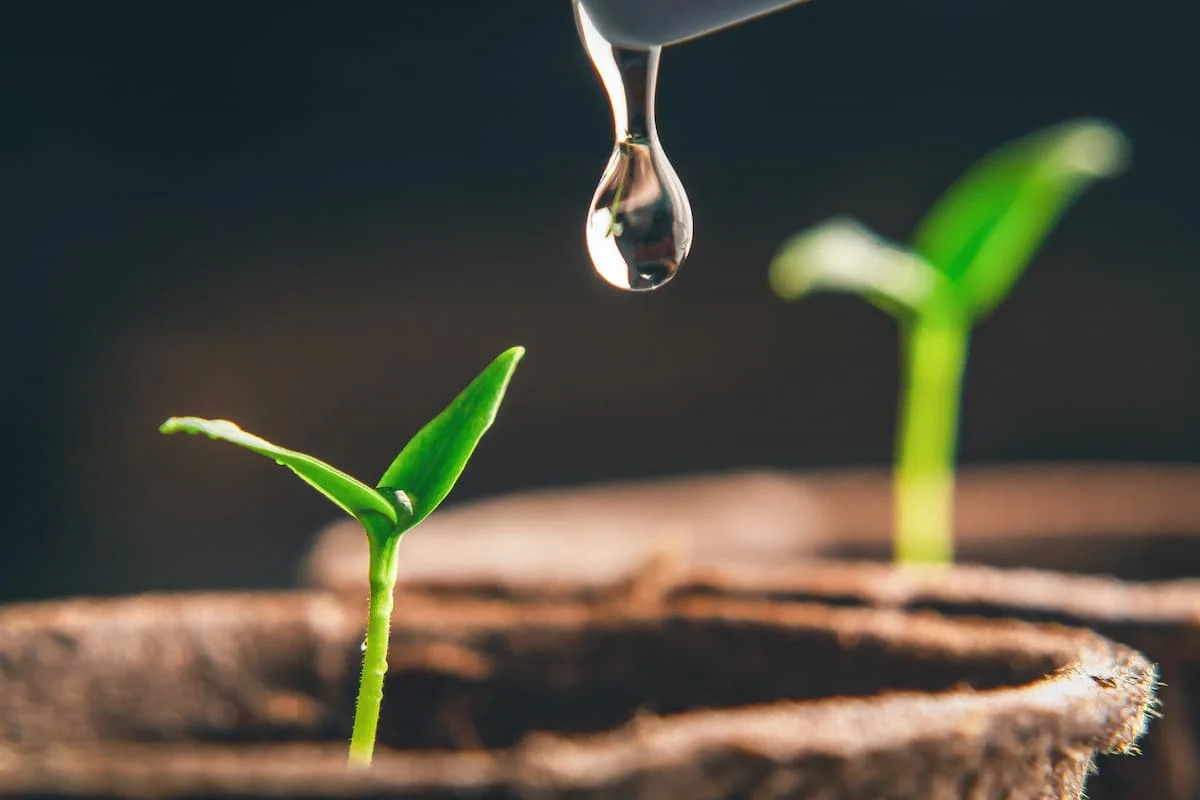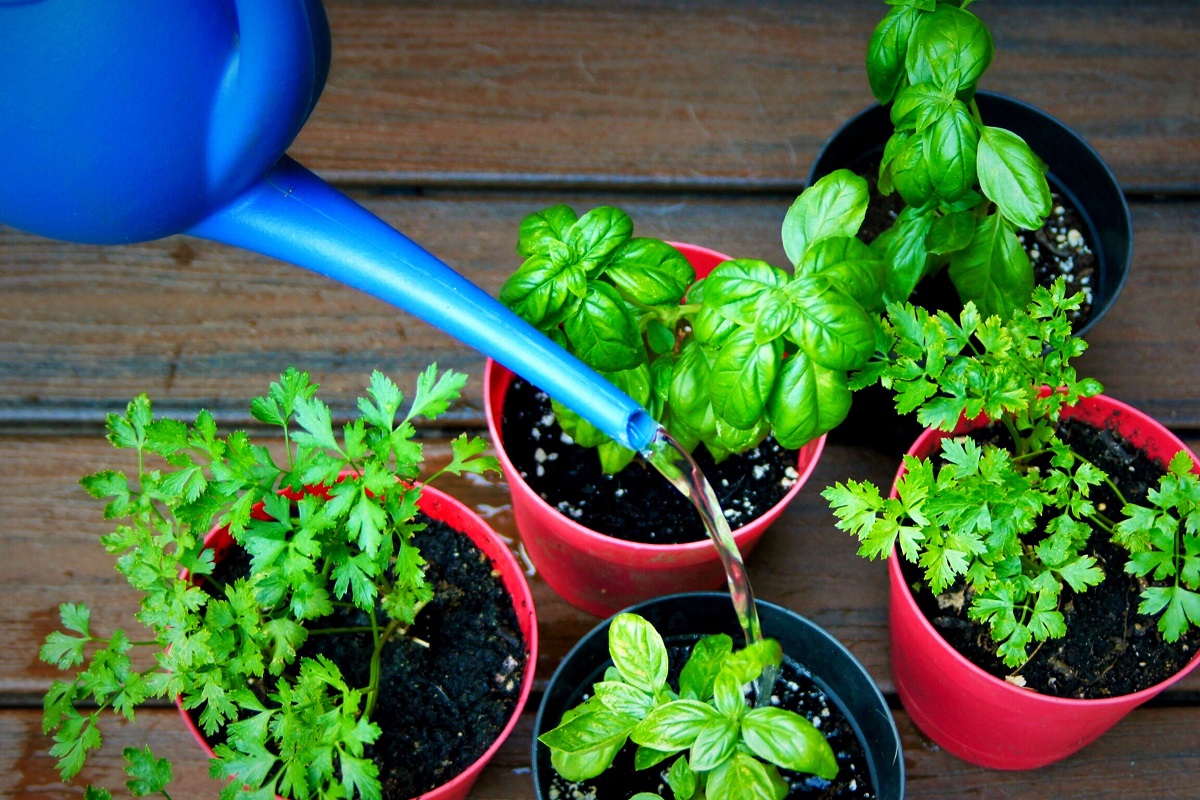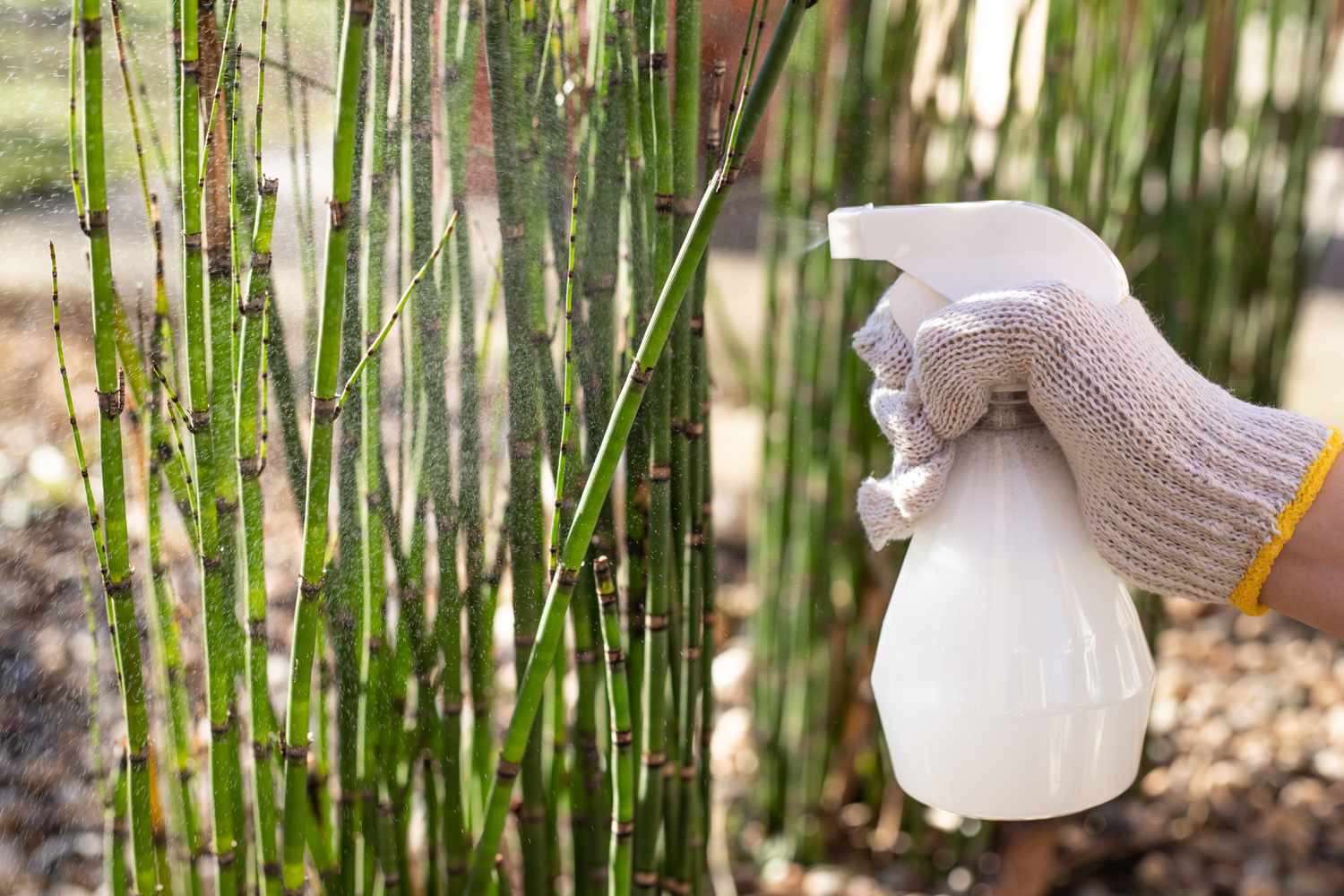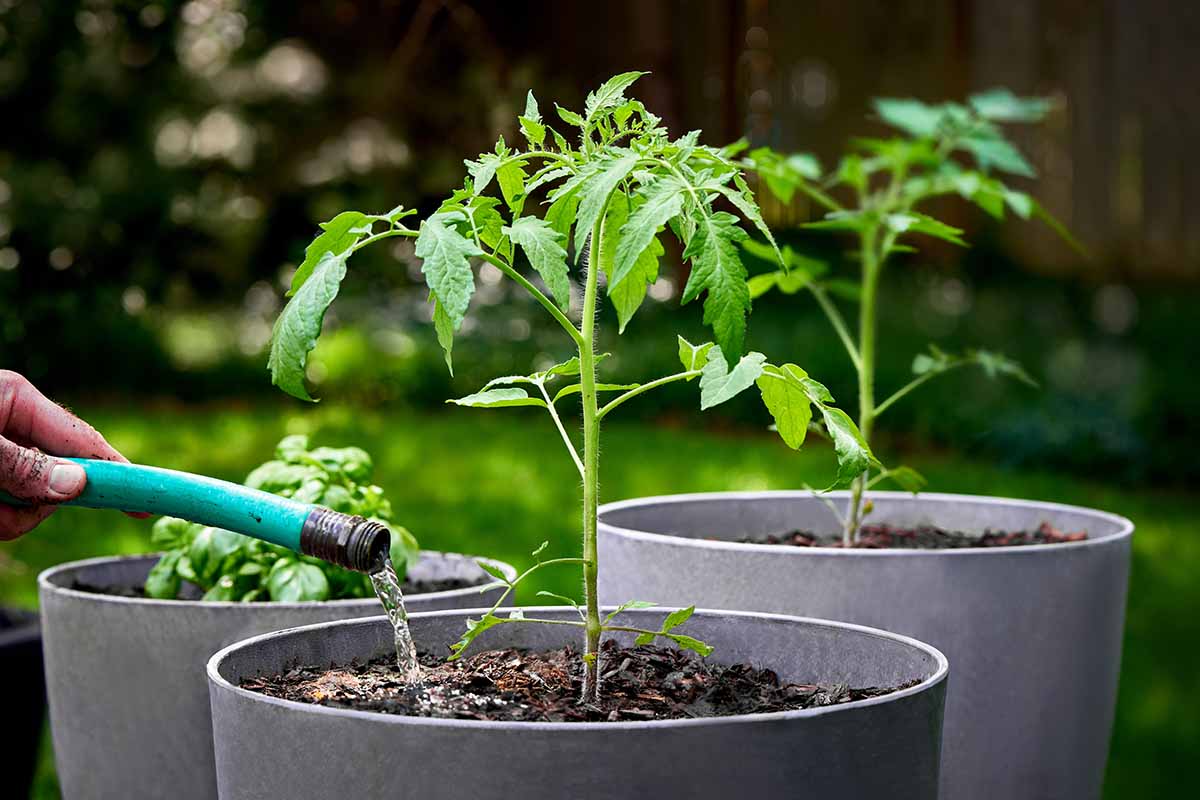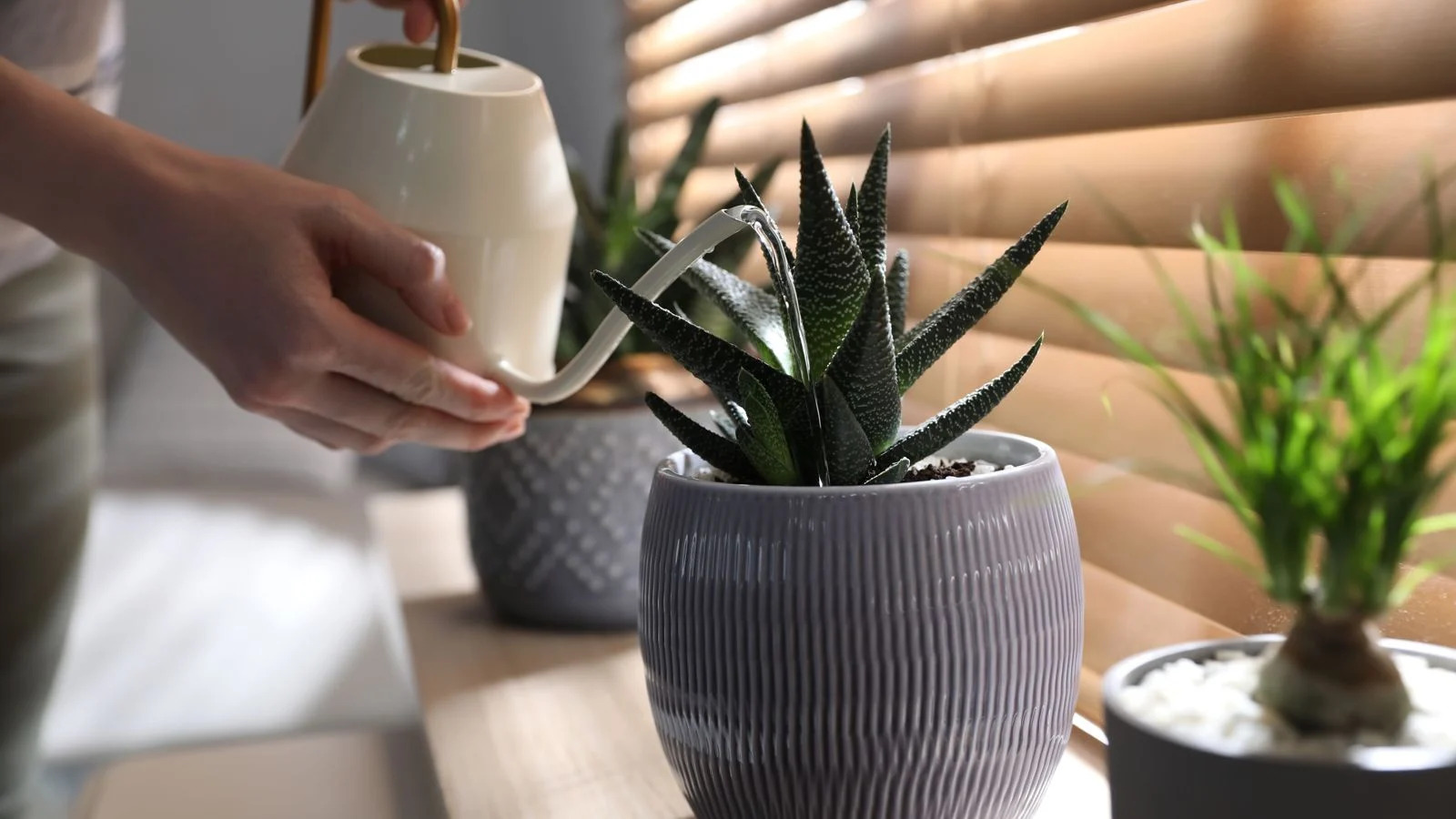Home>Gardening Techniques>Plant Care>How Often Should I Water Bonsai Seeds


Plant Care
How Often Should I Water Bonsai Seeds
Modified: January 22, 2024
Learn the best plant care practices for watering bonsai seeds. Discover how often to water bonsai seeds for optimal growth and health. Gain expert tips for successful bonsai seed care.
(Many of the links in this article redirect to a specific reviewed product. Your purchase of these products through affiliate links helps to generate commission for Chicagolandgardening.com, at no extra cost. Learn more)
Table of Contents
Introduction
Welcome to the captivating world of bonsai cultivation! Whether you're a seasoned enthusiast or a novice gardener, the journey of nurturing bonsai seeds into magnificent, miniature trees is an incredibly rewarding experience. However, one of the most crucial aspects of bonsai care is determining the ideal watering regimen to ensure the seeds' healthy growth and development.
Watering bonsai seeds may seem straightforward, but it requires a delicate balance to prevent both overwatering and underwatering, which can be detrimental to the seedlings' health. In this comprehensive guide, we will delve into the art of watering bonsai seeds, exploring the factors that influence their watering needs, establishing a suitable watering schedule, and identifying the telltale signs of overwatering and underwatering.
By understanding and implementing the principles outlined in this guide, you will be well-equipped to foster the optimal conditions for your bonsai seeds to thrive. So, let's embark on this enlightening journey and unlock the secrets to nurturing healthy and vibrant bonsai trees from their very inception.
Factors Affecting Bonsai Seed Watering
Several key factors influence the watering requirements of bonsai seeds, and understanding these elements is pivotal to providing the appropriate care for your miniature saplings.
- Climate and Environment: The climate in which your bonsai seeds are cultivated plays a significant role in determining their watering needs. Arid or humid environments will dictate how frequently you should water the seeds to maintain the ideal moisture levels.
- Seasonal Variations: Seasonal changes profoundly impact the watering regimen for bonsai seeds. During the warmer months, increased evaporation may necessitate more frequent watering, while in cooler seasons, the watering frequency may decrease.
- Soil Composition: The type of soil in which the bonsai seeds are planted directly affects their water retention capacity. Well-draining soil will require more frequent watering, whereas denser soil may retain moisture for longer periods.
- Seedling Development Stage: The growth stage of the bonsai seedlings influences their water requirements. Newly germinated seeds and young seedlings typically need more frequent, gentle watering to support their delicate root systems.
- Container Size and Material: The size and material of the bonsai container impact water retention and evaporation rates. Larger containers may retain moisture for longer, while porous materials like unglazed clay can facilitate better airflow and drainage.
- Exposure to Light: The amount of sunlight the bonsai seeds receive affects their water uptake and evaporation rates. Seedlings in brighter, sunnier locations may require more frequent watering to compensate for increased transpiration.
By considering these influential factors, you can tailor your watering practices to meet the specific needs of your bonsai seeds, fostering an environment that promotes their healthy development and longevity.
Watering Schedule for Bonsai Seeds
Establishing a consistent and well-calibrated watering schedule is essential for nurturing robust and vibrant bonsai seeds. While individual circumstances may vary, a general framework can guide your watering practices to ensure the optimal moisture levels for your bonsai seedlings.
During the initial stages of seed germination, it is crucial to maintain a consistently moist environment to support the delicate emergence of the seedlings. Light, frequent misting or gentle watering should be employed to prevent the soil from drying out, promoting the seeds’ successful germination.
As the seedlings progress and develop their root systems, the frequency of watering may be adjusted based on the specific environmental conditions and the factors influencing moisture retention. In warmer, drier climates, or during the summer months, more frequent watering may be necessary to counteract increased evaporation. Conversely, in cooler or more humid environments, the watering frequency can be reduced to prevent waterlogging and root rot.
Observing the moisture level of the soil is crucial in determining when to water bonsai seeds. A simple yet effective method involves gently inserting a finger into the soil to assess its moisture content. If the soil feels dry to the touch at a depth of approximately 1 inch, it is an indication that the seedlings require watering. However, if the soil feels adequately moist, it is advisable to postpone watering to prevent overhydration.
It is important to emphasize that the watering needs of bonsai seeds are dynamic and responsive to environmental fluctuations. Regular monitoring of the soil’s moisture level, coupled with a keen awareness of the prevailing climate and seasonal variations, will enable you to refine and adjust the watering schedule as needed, ensuring that your bonsai seeds receive the precise amount of moisture essential for their flourishing growth.
By adhering to a well-informed watering schedule and remaining attuned to the evolving needs of your bonsai seeds, you will cultivate an environment that fosters their resilience and vitality, setting the stage for the remarkable transformation of these tiny seeds into captivating bonsai trees.
Signs of Overwatering and Underwatering
Recognizing the signs of overwatering and underwatering is imperative for maintaining the health and vigor of bonsai seeds. By keenly observing the seedlings and their surrounding environment, you can discern subtle cues that indicate whether they are receiving an optimal amount of moisture.
Signs of Overwatering:
Overwatering can lead to adverse effects on bonsai seeds, impeding their growth and making them susceptible to various ailments. Some common indicators of overwatering include:
- Yellowing or browning of the leaves, often accompanied by a wilted or drooping appearance.
- Development of mold or mildew on the soil surface, signaling excessive moisture retention.
- Soft, mushy, or discolored roots, indicating root rot caused by waterlogged conditions.
- A sour or musty odor emanating from the soil, indicative of anaerobic decomposition due to excessive moisture.
Signs of Underwatering:
Insufficient watering can also pose significant risks to bonsai seeds, impeding their vitality and hindering their development. Some telltale signs of underwatering include:
- Wilting or drooping leaves, often accompanied by a parched or desiccated appearance.
- Brittle, dry, or yellowing foliage, reflecting the seedlings’ struggle to retain moisture.
- Shriveled or stunted growth, as the seedlings divert their resources to essential functions in response to water scarcity.
- Cracking or pulling away of the soil from the edges of the container, indicating severe dehydration.
By astutely recognizing these signs, you can promptly adjust your watering practices to rectify the imbalance and restore the optimal moisture levels for your bonsai seeds. Regularly inspecting the seedlings and their environment will enable you to proactively address any watering-related issues, safeguarding the health and resilience of your burgeoning bonsai trees.
Conclusion
Cultivating bonsai seeds into exquisite miniature trees is a deeply enriching pursuit, and mastering the art of watering is a pivotal aspect of this gratifying journey. By considering the diverse factors that influence bonsai seed watering, establishing a well-calibrated watering schedule, and discerning the subtle signs of overwatering and underwatering, you are empowered to provide the optimal care for your burgeoning bonsai trees.
Embracing the dynamic nature of bonsai seed watering, characterized by its responsiveness to environmental nuances and seasonal fluctuations, enables you to cultivate an environment that nurtures the resilience and vitality of your miniature saplings. Regular observation, coupled with a keen awareness of the evolving needs of your bonsai seeds, equips you to refine and adjust your watering practices, fostering an environment conducive to their flourishing growth and development.
As you embark on this illuminating journey of bonsai cultivation, may your attentiveness to the intricacies of watering bestow your bonsai seeds with the ideal conditions for robust health and enduring beauty. With each gentle watering and nurturing gesture, you are sowing the seeds of a captivating legacy, poised to blossom into a testament of patience, care, and the timeless allure of nature’s marvels.
So, as you embark on this enlightening journey, may the wisdom shared in this guide serve as a guiding light, illuminating your path toward the fulfillment of cultivating vibrant and enchanting bonsai trees from their humble seeds.
